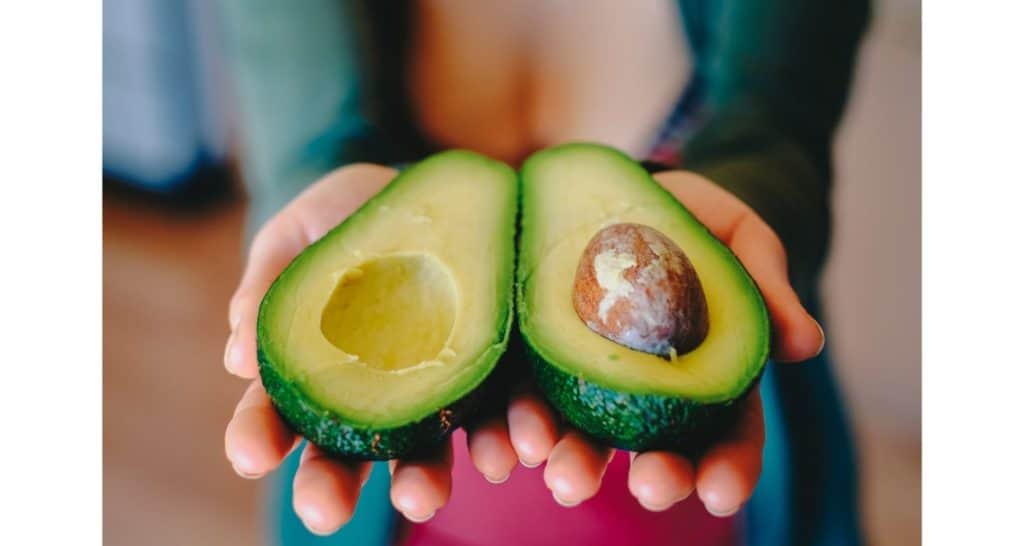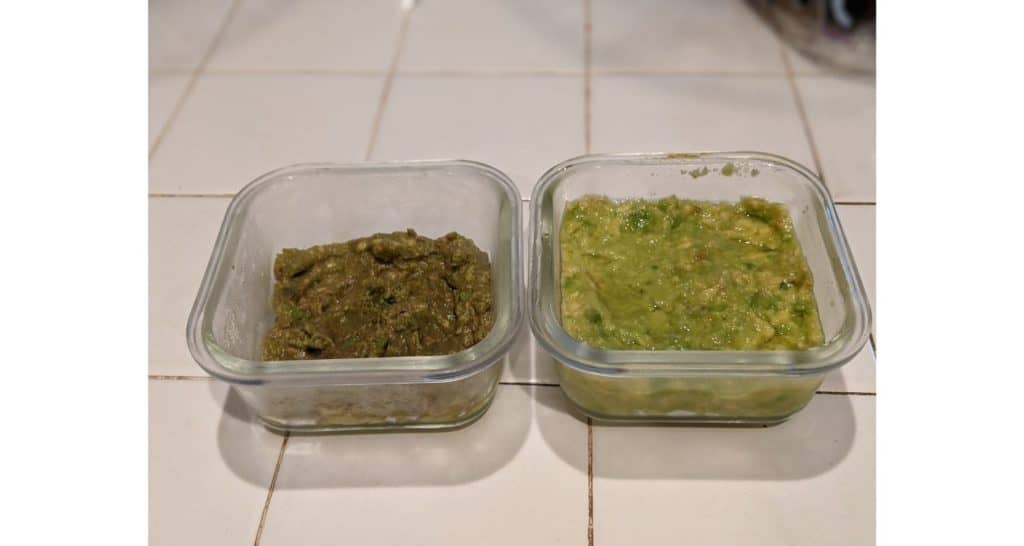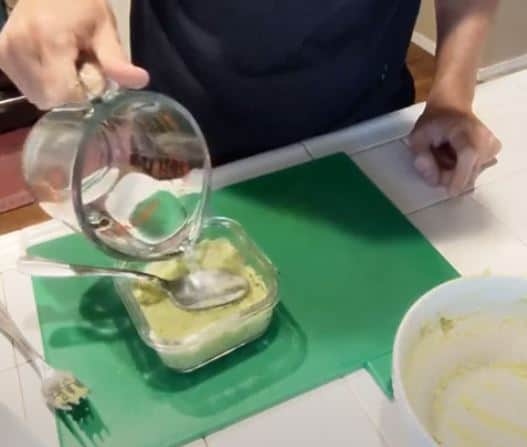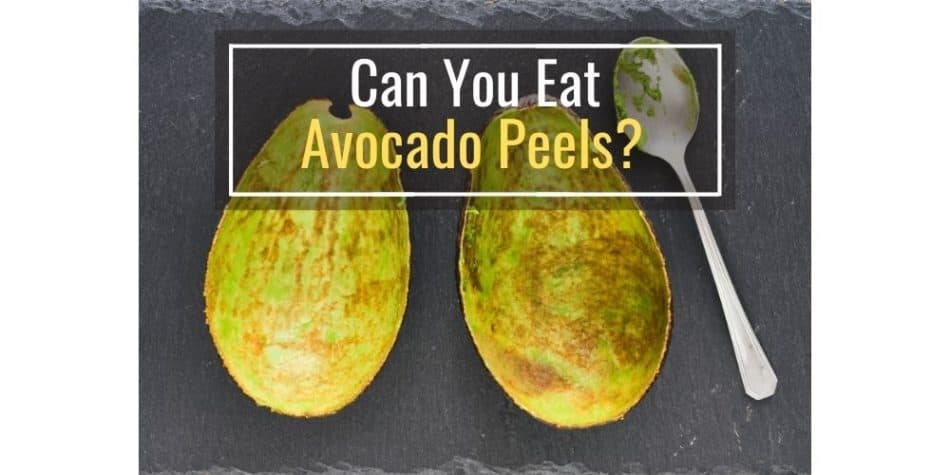Avocados are a fan favorite to many since you can make almost any dish better by adding some fresh avocado slices.
You can slice avocados and place them on top of eggs or you can mash them up to make guacamole. There is almost no wrong way to use this delicious and nutritious bright green flesh.
My love for avocados started to make me wonder about the avocado skin. After all, the avocado flesh is so high in nutrients that shouldn’t the outside also be nutritious?
So is it safe to eat avocado peels or skin?
Avocado peels or skin can be safely eaten. However, the most common avocado variety is the Hass avocado which has thick skin making it unpleasant to eat. In fact, the Hass avocado peel has a bitter taste and leathery texture so you will not find many, if any, recipes that call for this avocado peel.
There are other varieties of avocados that do have edible skin but are less common since they are extremely perishable. So don’t bother trying to eat the avocado peel unless you have a variety of avocado besides the Hass.
The Hass avocado’s thick skin helps protect the delicate inner flesh which makes it the most common avocado variety in stores.
Now let’s quickly cover how to easily peel an avocado so you don’t run into any bitter skin peels in your avocado or guacamole.
Easiest Way To Pit and Peel An Avocado
The easiest way to pit and peel an avocado is to use a sharp knife and a spoon.

- Slice the avocado length wise and on all sides so that your knife cuts through everything but the avocado pit
- Open the two halves of the avocado to reveal the vibrant green flesh
- Use a spoon to remove the pit or use the knife to cut into the pit allowing you to twist the pit free
- Use a spoon to remove all the flesh from the avocado including the nutritious dark green parts by the skin
Now that you’ve removed the avocado flesh you can throw on some salt and pepper to eat it directly or mash it up for some guacamole.
If you’re like me then you’ve made yourself a bowl of guacamole but sometimes you don’t use all of it. Storing it in the refrigerator helps it last longer but typically the top will turn a brown color.
So how do we store guacamole so it stays a nice fresh vibrant green color for a longer time?
Best Way To Store Guacamole
Guacamole needs to be stored in the refrigerator so it can last longer once it’s made. If there is leftover guacamole that you want to eat later or the next day then we need to ensure that there is little to no air touching the guacamole.
Oxidation is what causes guacamole to turn that brown color. Brown guacamole not only looks unpleasant but tastes more bitter than fresh green guacamole.
So we want to make sure our guacamole is kept away from air as much as possible.
The best way to store guacamole and keep it away from air is to cover a bowl or container with water.
Covering Guacamole In Water
By covering the bowl of guacamole in water, the guacamole will not be exposed to air which prevent oxidation from occurring. This means your guacamole will not turn brown.
Here is a photo showing what happens when guacamole is stored in the refrigerator overnight with and without water.

The guacamole on the left was just placed in a container with a lid. As you can see the top layer of the guacamole has turned a dark green or brown color.
The guacamole on the right was placed in a container but it was also covered in half an inch of water. The water is what kept prevented the air from touching the guacamole so you can see that it maintains its bright green color.
Steps To Correctly Cover Guacamole With Water
Covering guacamole with water is as simple as it sounds. However, you do not want to just blast you guacamole with water from the faucet. You need to cover it gently.

Here are the steps to cover guac with water:
- Place the guacamole in a bowl or container
- Press down on the guacamole with a spoon to help remove any pockets of air
- Place the spoon on top of the guacamole
- Gently pour water onto the spoon so that the water overflows on top of the guacamole
- Ensure that all of the guacamole is covered with a layer of water
- Cover the bowl or container with a lid so that water doesn’t accidentally spill
- Place the guacamole in the fridge
This method will ensure that your guacamole stays fresh and ready to eat. I have used this method to keep guacamole fresh for up to two days in the refrigerator.
The guacamole may be a little watery so just pour off any excess water. Mix the remaining water with the guacamole before serving and your guacamole will taste as good as the day you made it.

